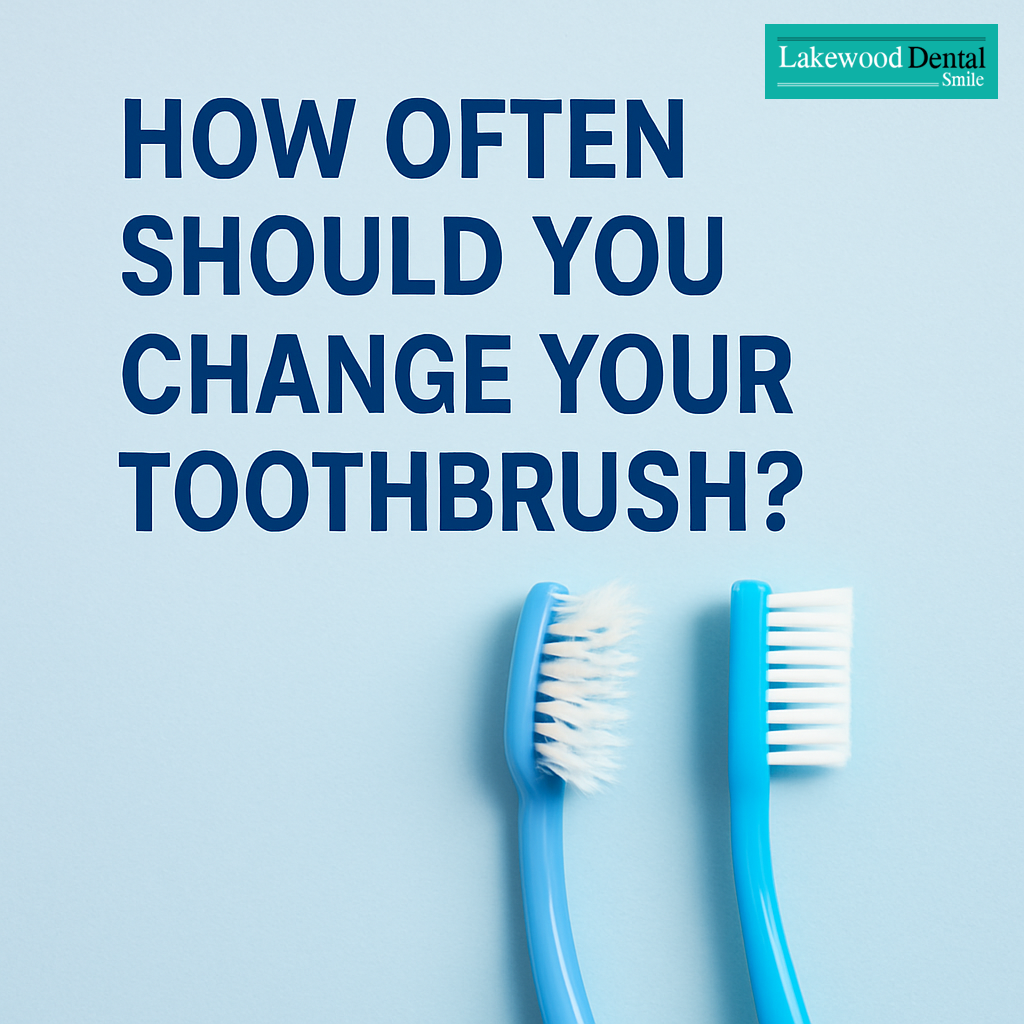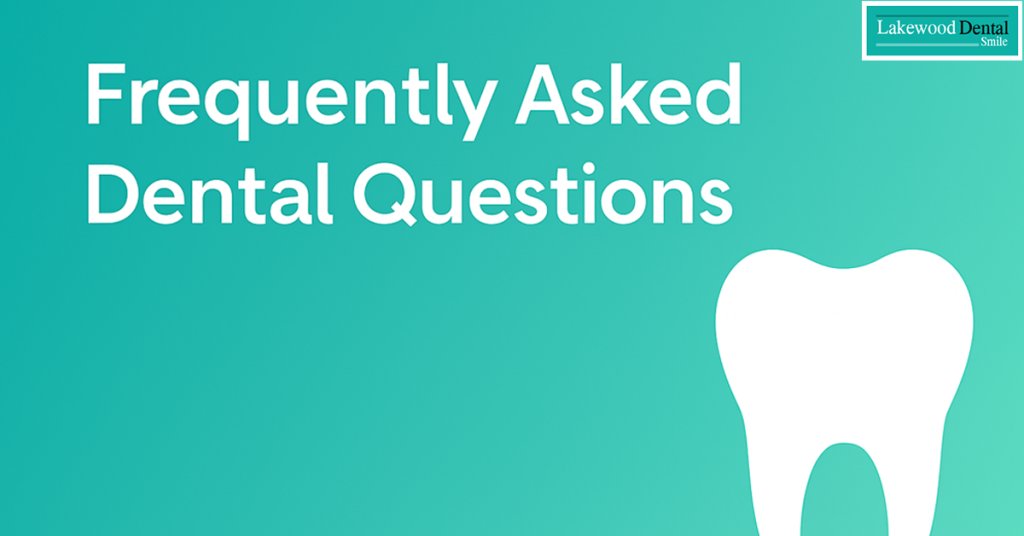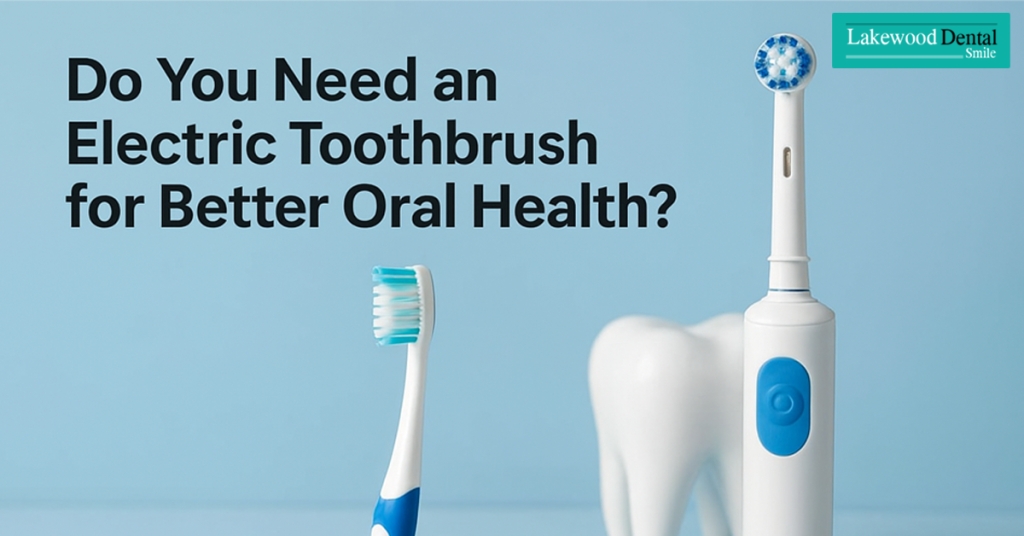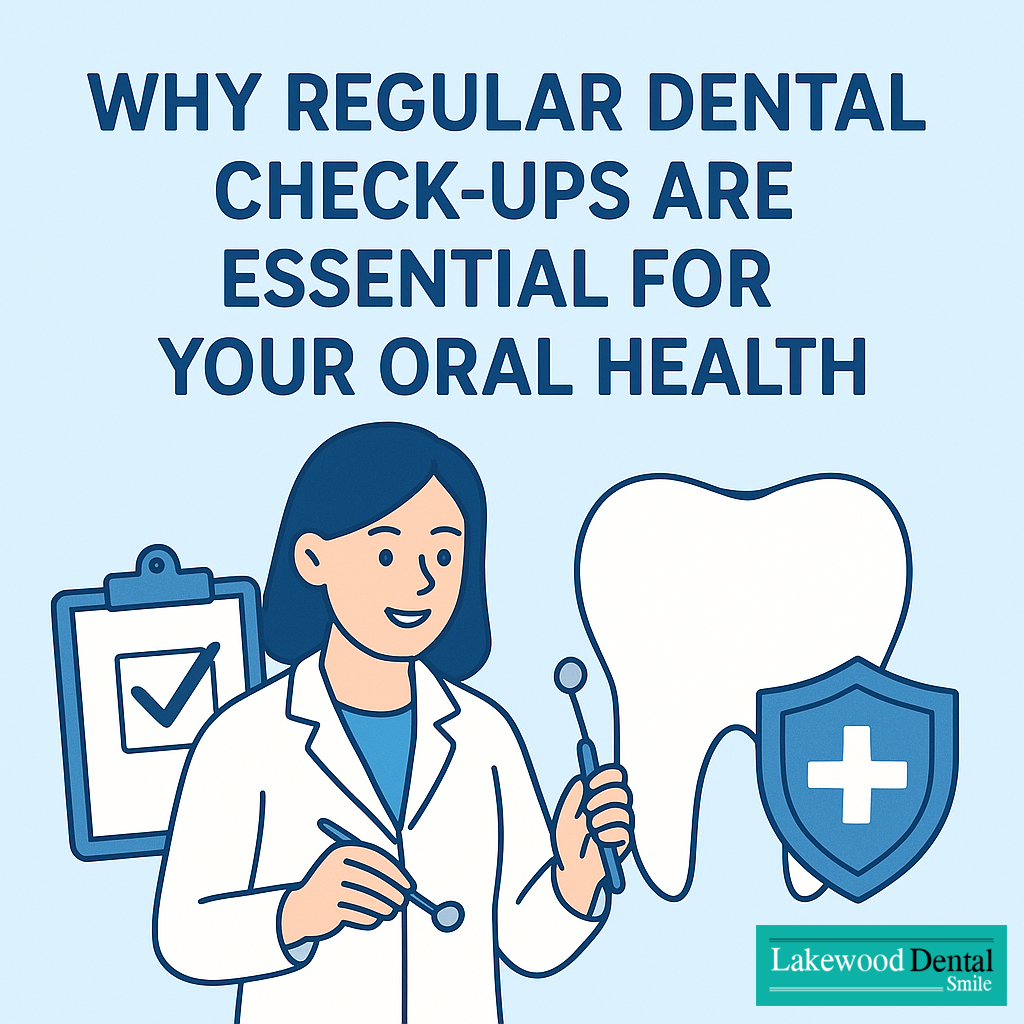How often replace toothbrush is one of the most important questions for maintaining a healthy smile. Knowing when to replace your toothbrush helps prevent plaque buildup, bad breath, and potential dental problems. In this article, we provide practical tips and expert advice to help you make the right choice for your oral health.

Why Replacing Your Toothbrush Matters
Your toothbrush is your primary tool for fighting bacteria and removing plaque. Over time, bristles wear out, making your toothbrush less effective. Studies show that a worn-out brush can leave behind bacteria and plaque that contribute to cavities and gum disease. Knowing how-often-replace-toothbrush ensures your cleaning routine remains effective.
Key reasons to replace your toothbrush regularly:
- Bacterial growth: Toothbrushes can harbor bacteria, especially in damp environments like bathrooms. Over time, these bacteria multiply and can be reintroduced to your mouth during brushing.
- Worn-out bristles: Frayed bristles do not clean teeth efficiently and may even damage enamel. Replacing your toothbrush ensures optimal plaque removal.
- Illness recovery: If you’ve been sick, replacing your toothbrush prevents reinfection and supports oral health recovery.
How Often Replace Toothbrush: Professional Recommendations
Dental professionals recommend replacing your toothbrush every three months. This timeline strikes a balance between effective cleaning and practical use. However, some situations require more frequent replacement:
- After illness: Replace immediately after colds, flu, or oral infections.
- Visible wear: If bristles are frayed or bent, it’s time for a new brush.
- Children’s toothbrushes: Kids may wear out brushes faster due to vigorous brushing.
By following this schedule, you ensure that your brushing routine continues to provide maximum protection for your teeth and gums.
Choosing the Right Toothbrush
Selecting the right toothbrush is just as important as knowing how-often-replace-toothbrush. Here’s what to consider:
- Soft-bristled brushes: Gentle on enamel and effective at removing plaque
- Handle design: Comfortable grip encourages thorough brushing
- Electric vs manual: Electric toothbrushes can improve cleaning efficiency, especially for those with dexterity issues
Tip: Replace your toothbrush after three months, even if it looks okay. Bristle wear may not be immediately visible but can reduce cleaning effectiveness.
Proper Toothbrush Care Between Replacements
Maintaining your toothbrush helps prolong its effectiveness while minimizing bacterial buildup. Follow these tips:
- Store toothbrush upright in a clean, dry place
- Rinse thoroughly after each use
- Avoid covering toothbrushes for long periods, as trapped moisture encourages bacteria growth
- Do not share toothbrushes to prevent cross-contamination
Consistent care ensures your toothbrush remains as effective as possible until it’s time for replacement.
Brushing Techniques for Maximum Effectiveness
Knowing how-often-replace-toothbrush is only part of oral hygiene. Proper brushing techniques maximize cleaning:
- Angle your brush: Hold at 45 degrees to the gum line
- Gentle strokes: Move in short, gentle back-and-forth motions
- Electric toothbrush use: Glide lightly, no need to press hard
- Duration: Brush at least two minutes per session
Using correct techniques prevents damage to enamel and gums while ensuring all surfaces are cleaned.
When to Seek Professional Advice
Even with regular replacements and proper brushing, dental issues may arise. If you notice persistent bad breath, bleeding gums, or tooth sensitivity, consult a dentist.
For residents of Dearborn, Michigan, Lakewood Dental Smile provides expert advice and comprehensive dental care. Dentists can guide you on toothbrush choice, replacement frequency, and personalized oral hygiene tips.
Summary: Key Takeaways
1. Replace your toothbrush every three months or sooner if bristles are frayed.
2. Replace immediately after illness to avoid reinfection.
3. Use soft-bristled brushes and consider electric toothbrushes if needed.
4. Store toothbrushes upright in a dry, clean area.
5. Practice proper brushing techniques for optimal cleaning.
6. Consult your dentist if problems persist despite regular replacement.
By following these expert tips on how-often-replace-toothbrush, you maintain a healthy smile, prevent dental issues, and enjoy fresh breath daily.




